1. The Red Scare

During the 1950s, the fear of communism was at its peak. The U.S. government warned of the imminent threat posed by Communist infiltrators within American society. Citizens feared that their neighbors or coworkers could be secret agents working against the country. This paranoia led to widespread blacklisting and public investigations, particularly during Senator Joseph McCarthy’s witch hunts. However, over time, many of these fears were proven to be exaggerated, and much of the alleged Communist threat was either overstated or entirely fabricated. The fear of Communism’s spread in the U.S. turned out to be largely a product of Cold War hysteria.
In retrospect, the panic seemed far more dangerous than any actual threat posed by communism. While there were certainly some espionage cases, the general fear that entire communities were secretly working against the U.S. was unsubstantiated. The Red Scare ended up leaving a legacy of mistrust and division that lasted for years. Today, we can look back and realize just how harmless the supposed Communist threat was to the average American.
2. Nuclear Fallout Shelters
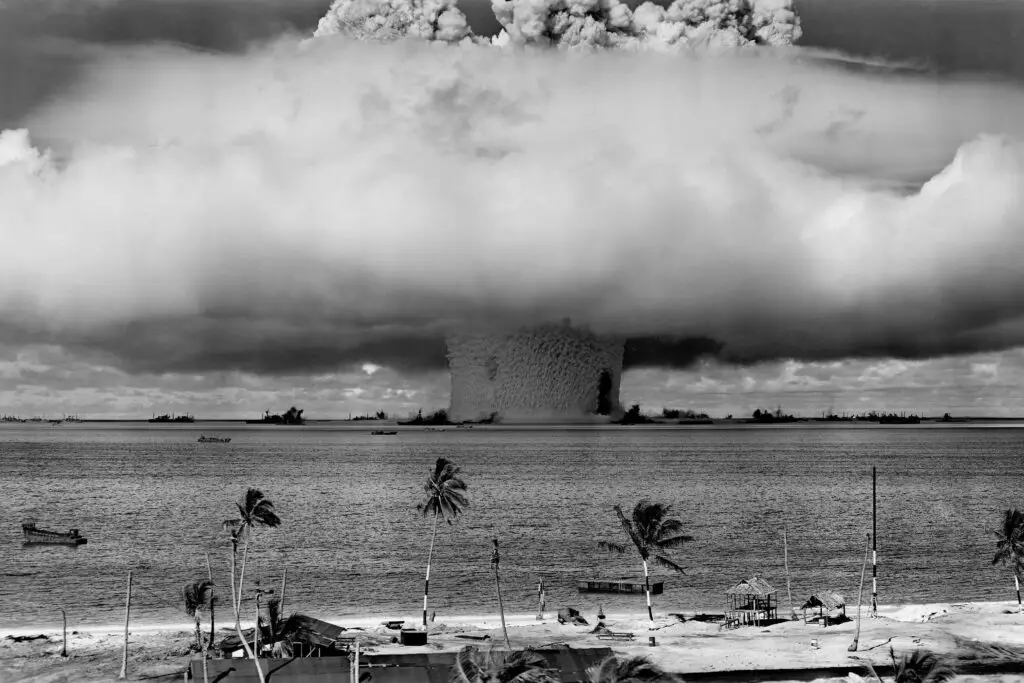
The threat of nuclear war in the 1950s was very real in the minds of many Americans. The government issued warnings and advice on how to survive a nuclear attack, including the creation of fallout shelters. Families across the nation dug shelters in their backyards, stockpiling food, water, and other necessities. Many believed that these shelters would be their only chance at survival in the event of an atomic bomb. While it was important to be prepared, most experts agree that these shelters would have done little to protect against the devastation of a nuclear attack.
Looking back, the widespread fear of nuclear fallout was far less threatening than it seemed. While the fear of nuclear war remained throughout the Cold War, these fallout shelters never saw real use. Instead of providing real protection, they were a symptom of the anxiety surrounding the arms race. In the end, the shelters never became more than a misguided attempt to cope with an overwhelmingly complex threat.
3. The Dangers of Rock and Roll
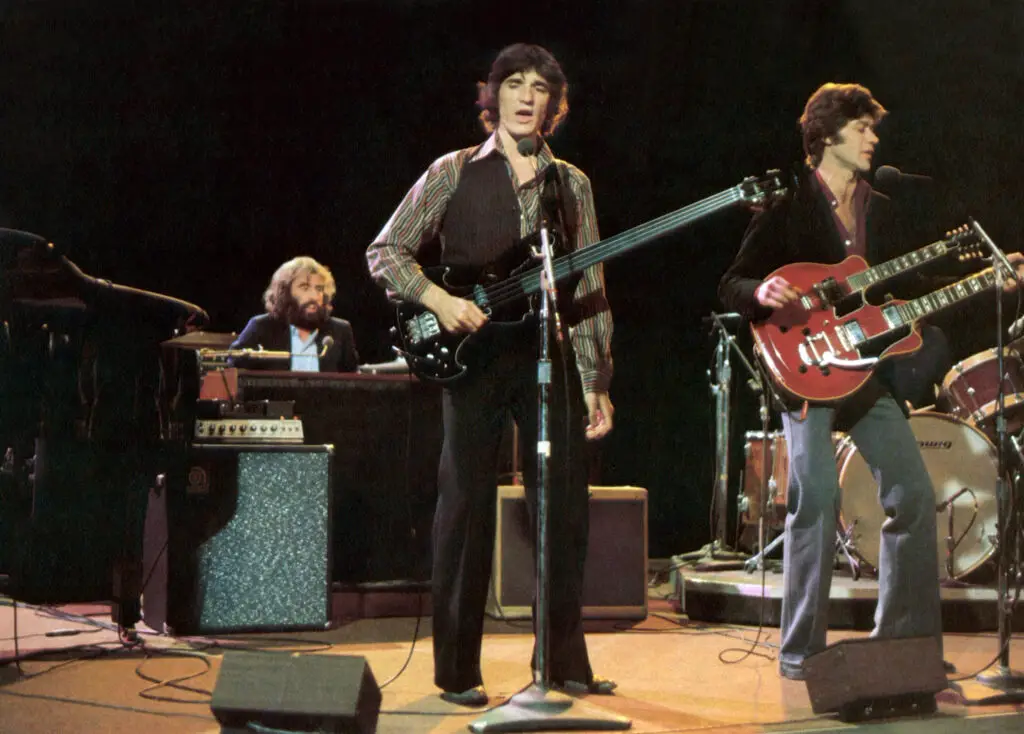
In the 1950s, the emergence of rock and roll music sparked outrage among many parents, religious groups, and conservative leaders. They feared that the genre, with its rebellious energy, would lead to moral decay and corrupt the youth. There were claims that rock and roll would encourage delinquency and promiscuity. Some even worried that the music would create a generation of misfits who rejected traditional values. Despite these fears, rock and roll continued to grow in popularity, and its supposed harmful influence proved to be a myth.
Instead of causing societal collapse, rock and roll became a defining part of American culture. It helped give rise to a new generation of artists and fans who cherished music as a form of expression and rebellion. Far from being a threat, the genre became a lasting symbol of youth culture and individuality. The moral panic over rock and roll, while real at the time, ended up being completely harmless in the long run.
4. The Fear of TV Violence
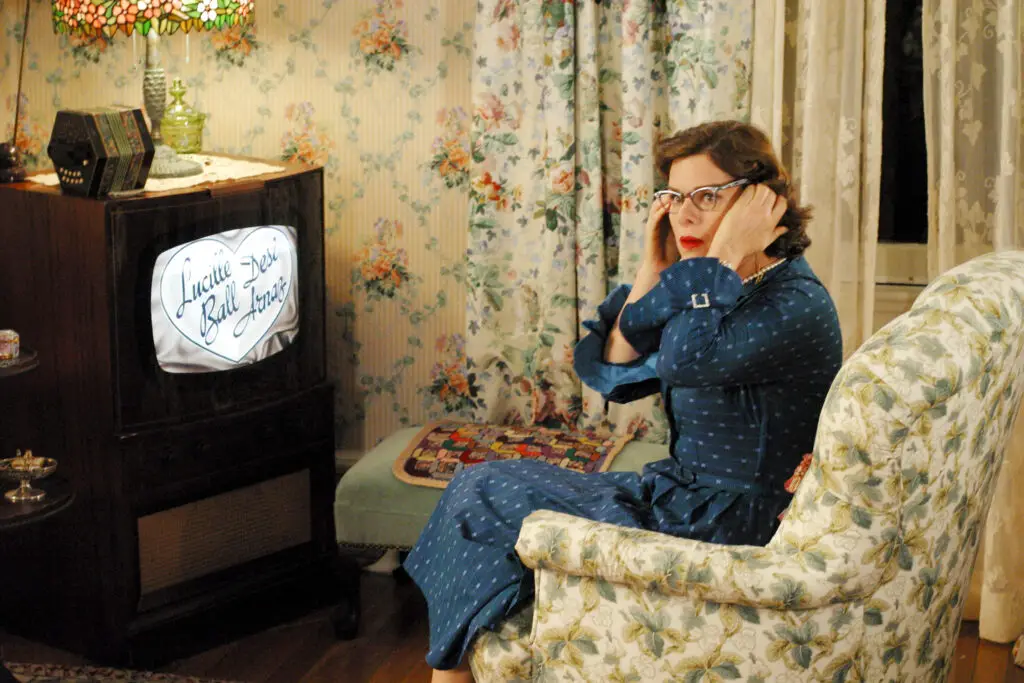
Television was a new phenomenon in the 1950s, and many adults feared that it would corrupt children and encourage violence. Critics believed that TV shows filled with crime dramas and violent cartoons would desensitize children to real-world violence. It was thought that children would imitate what they saw on television, leading to increased aggression and antisocial behavior. Yet, decades later, studies have shown that while violent content on TV did cause some concern, it didn’t have the catastrophic effects many predicted.
Instead of causing widespread harm, the fear of TV violence faded as television evolved. By the end of the 20th century, TV had become a major part of daily life, with families watching shows of all kinds, including comedies, dramas, and educational programs. While concerns about violent content are still present today, TV violence did not have the doomsday impact many feared in the 1950s. In fact, TV became an important tool for socialization and entertainment.
5. The Perils of Television Watching
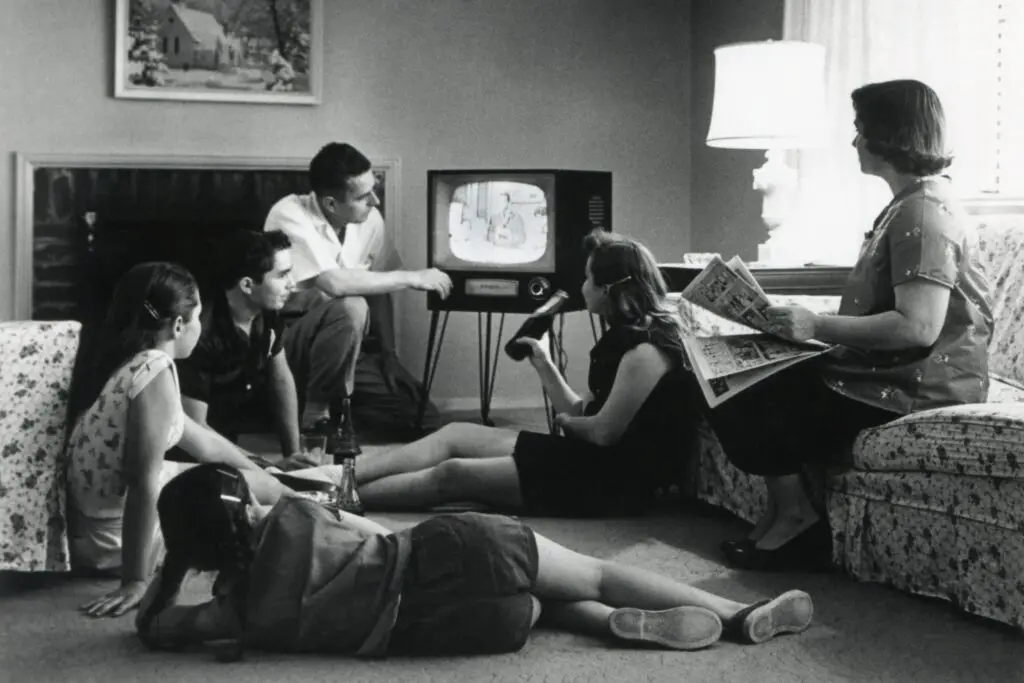
Alongside fears about TV violence, there was also widespread concern about the effects of watching television in general. Parents worried that too much TV would damage children’s eyes and stifle their imagination. Some feared that the “boob tube” would make children lazy, prevent them from playing outside, and stifle their cognitive development. There were even claims that it would cause a decline in intelligence and creativity. Yet, today we know that TV, in moderation, can actually serve as a valuable educational tool.
Far from being harmful, television evolved into a powerful medium for learning and entertainment. Educational programs, children’s shows, and documentaries emerged, enriching the minds of viewers. While it’s still important to balance screen time with physical activity, the idea that television would ruin society was clearly overblown. The medium became a cornerstone of modern culture, offering entertainment and knowledge to millions.
6. The Menace of Hula Hoops

When hula hoops became the toy craze of the late ’50s, some adults feared the trend would lead to chaos. Critics worried that children would become obsessed with the toy, causing them to abandon traditional games and activities. Others argued that the toy was a symbol of societal decline, questioning what happened to good old-fashioned, wholesome play. In reality, the hula hoop was harmless fun, a simple toy that captivated kids across the country.
The hula hoop’s craze eventually faded, but not before it became one of the most popular toys in history. Instead of a sign of decline, it was simply a passing fad in a culture ever-seeking new ways to entertain itself. The brief obsession with hula hoops didn’t lead to any lasting harm or chaos, and the toy remains a nostalgic symbol of 1950s childhood. Its harmlessness is clear in hindsight, even if it caused a few raised eyebrows at the time.
7. The Menace of the “Beatnik” Generation
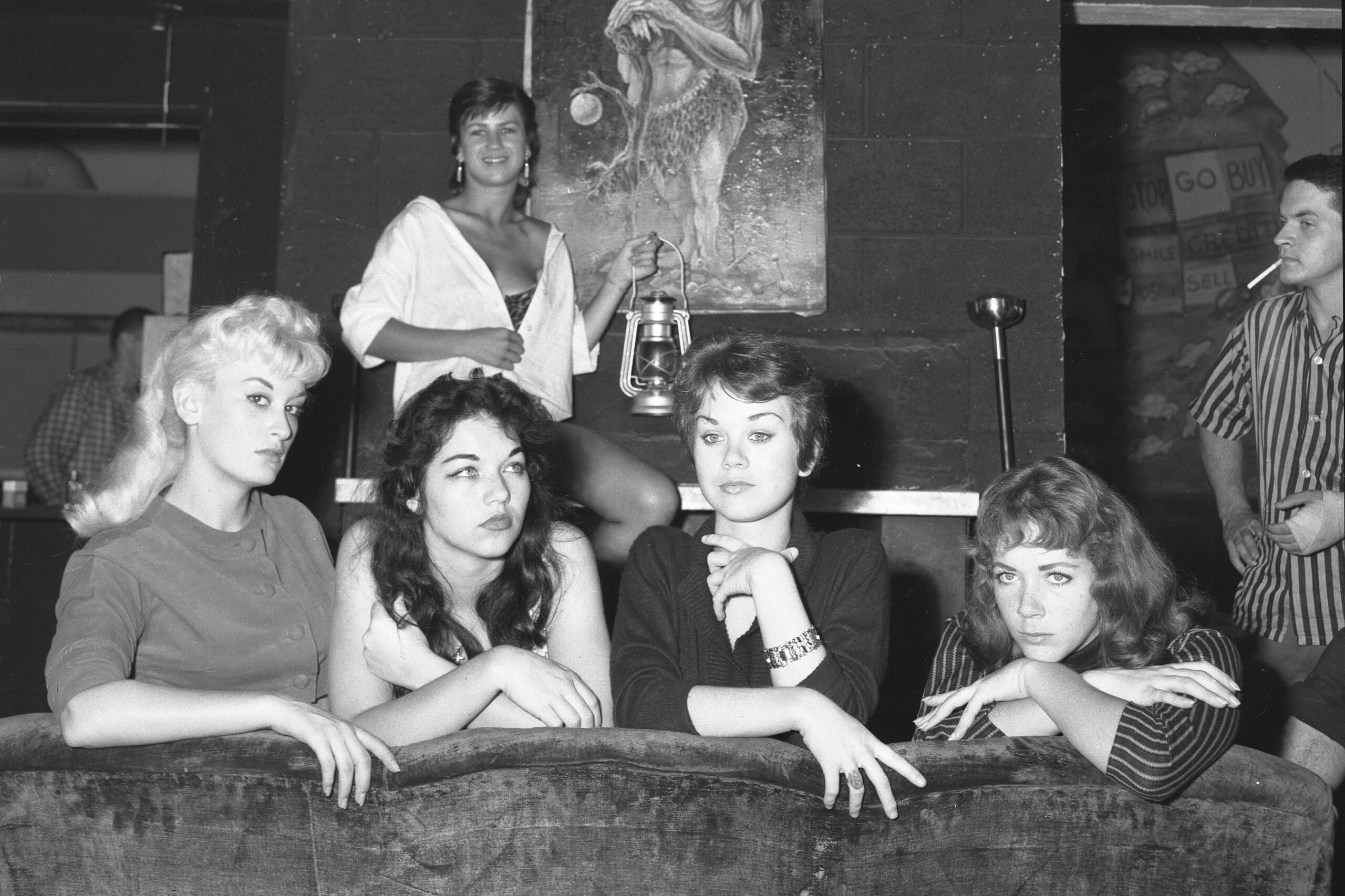
In the 1950s, the rise of the “Beatnik” generation sent shockwaves through mainstream American society. With their nonconformist attitude, dark clothing, and poetic expressions, the Beats were feared as a threat to traditional values. Many feared they would spread radical ideas and inspire rebellion among young people. The Beats, led by figures like Jack Kerouac and Allen Ginsberg, were seen as a countercultural force to be reckoned with. However, as the years passed, the so-called “danger” of the Beatniks proved to be largely exaggerated.
Instead of sparking a revolution, the Beat Generation became a creative and intellectual movement that influenced literature, music, and art. Their ideas were part of a broader cultural shift that would continue to evolve into the counterculture of the 1960s. While their presence certainly shook up the status quo, the fear of a Beatnik takeover turned out to be much ado about nothing.
8. The Danger of Fast Food

When fast food restaurants began to open in the 1950s, they were seen by some as a dangerous change to American eating habits. The convenience of fast food was feared to be the beginning of an unhealthy, overly processed diet that would spell disaster for the nation’s health. Critics argued that fast food would make people fat, lazy, and dependent on unhealthy food. However, decades later, fast food remains a staple of American life, and while it’s best consumed in moderation, it didn’t bring about the catastrophic health crisis some feared.
Rather than destroying public health, fast food simply became part of the modern landscape. In many ways, it revolutionized dining by offering a quick, affordable option for busy families. Today, fast food chains are adapting to new health trends by offering salads, healthier menu options, and calorie-conscious meals. The initial fear of fast food turned out to be an overblown concern, and the industry has learned to coexist with a growing interest in healthier eating.
9. The Threat of the Polio Vaccine

In the early 1950s, the development of the polio vaccine brought hope to a nation grappling with the devastating disease. However, there was a surprising amount of fear surrounding the vaccine itself. Some worried that the vaccine could cause polio or lead to other serious side effects. Despite this widespread fear, the polio vaccine turned out to be one of the greatest medical achievements of the 20th century, nearly eradicating the disease.
In reality, the vaccine’s safety was rigorously tested, and the fears surrounding it were largely unfounded. The successful vaccination program saved countless lives and brought an end to the fear of polio outbreaks. Looking back, the panic surrounding the vaccine seems irrational in comparison to its monumental success. The polio vaccine stands as a testament to how fear can sometimes cloud public understanding of life-saving medical breakthroughs.
10. The Creepy, Overhyped “Bogeyman” Myth
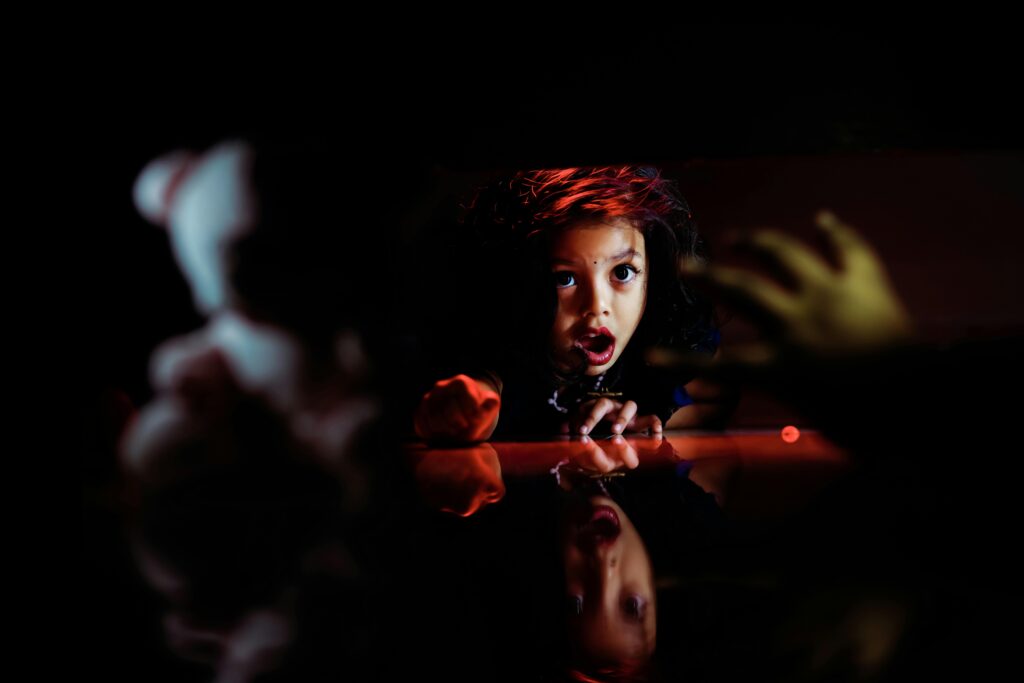
The 1950s saw the rise of urban legends, including the boogeyman, a mythical figure said to be lurking in the shadows, waiting to scare children. Many parents used the bogeyman as a tool to keep kids in line, warning them to behave or else they might encounter this terrifying figure. This created widespread anxiety, particularly among young children, who feared that an invisible menace was lurking in the dark. But as time passed, it became clear that the bogeyman was nothing more than a myth perpetuated by anxious parents.
The bogeyman myth, while terrifying at the time, has been relegated to folklore. It was simply a tactic used by adults to control behavior, with no real-world threat attached. While scary stories remain a part of childhood, the idea of the boogeyman has lost its power. Kids today are more likely to face their fears in healthy, constructive ways rather than through the terrifying stories of an imaginary monster.
11. The “Harm” of Rock and Roll Dancing
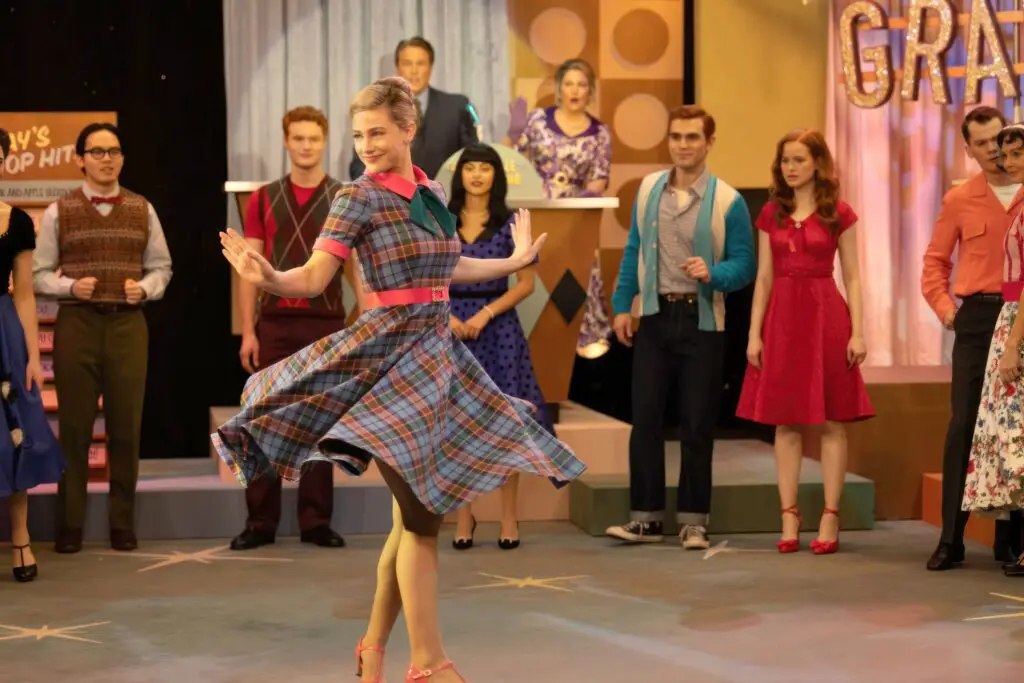
Along with fears about rock and roll music, there was also widespread panic about the dances associated with the genre. Parents feared that dances like the twist or the jitterbug would promote immoral behavior and encourage promiscuity. They worried that these new forms of expression would lead to social disorder and disrupt traditional values. In the end, these dances became iconic, but they didn’t cause the societal collapse people feared.
Instead of turning kids into rebels, the dance crazes of the 1950s helped create a shared cultural moment. It wasn’t the end of decency; it was the beginning of a new era of freedom and self-expression. While some parents might have raised eyebrows at the gyrations of the twist, it was ultimately just a passing fad, with no lasting negative impact on society. Instead, it was a testament to the power of youth culture.
12. Fear of Changing Fashion
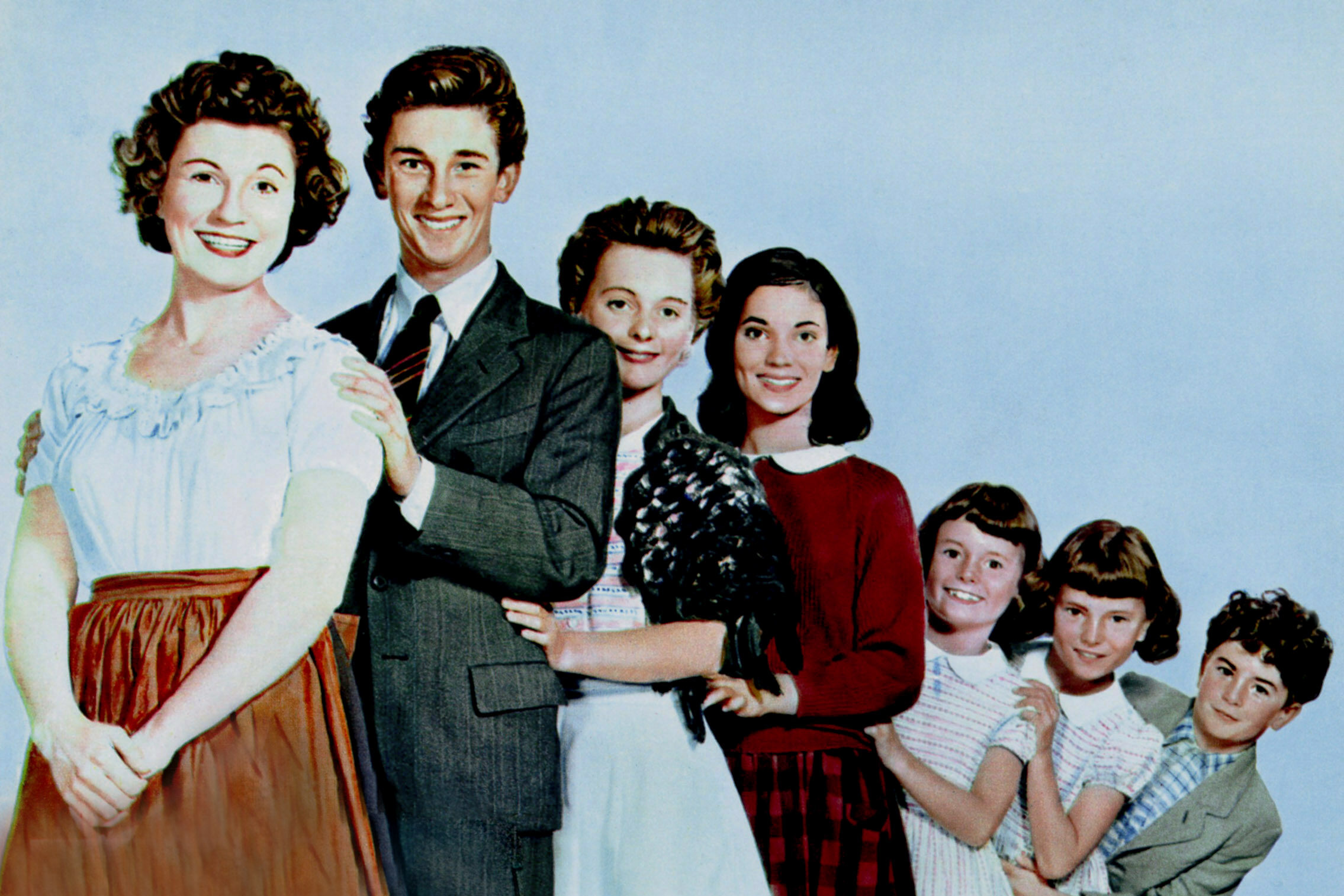
Fashion in the 1950s was heavily influenced by traditional ideals of femininity and masculinity. However, the arrival of more daring styles in the 1960s, such as mini skirts and mod clothing, made many people uncomfortable. The fear was that these new trends would signal a loss of modesty and moral decay. While these new styles caused a stir at the time, they ultimately proved to be harmless.
The fashion revolution of the 1960s didn’t destroy the world, but it did mark a shift towards individualism and personal expression. Far from representing the collapse of decency, it paved the way for future fashion revolutions that celebrated diversity and creativity. What seemed like a threat to tradition in the 1950s is now viewed as a key moment in the cultural evolution of style.
